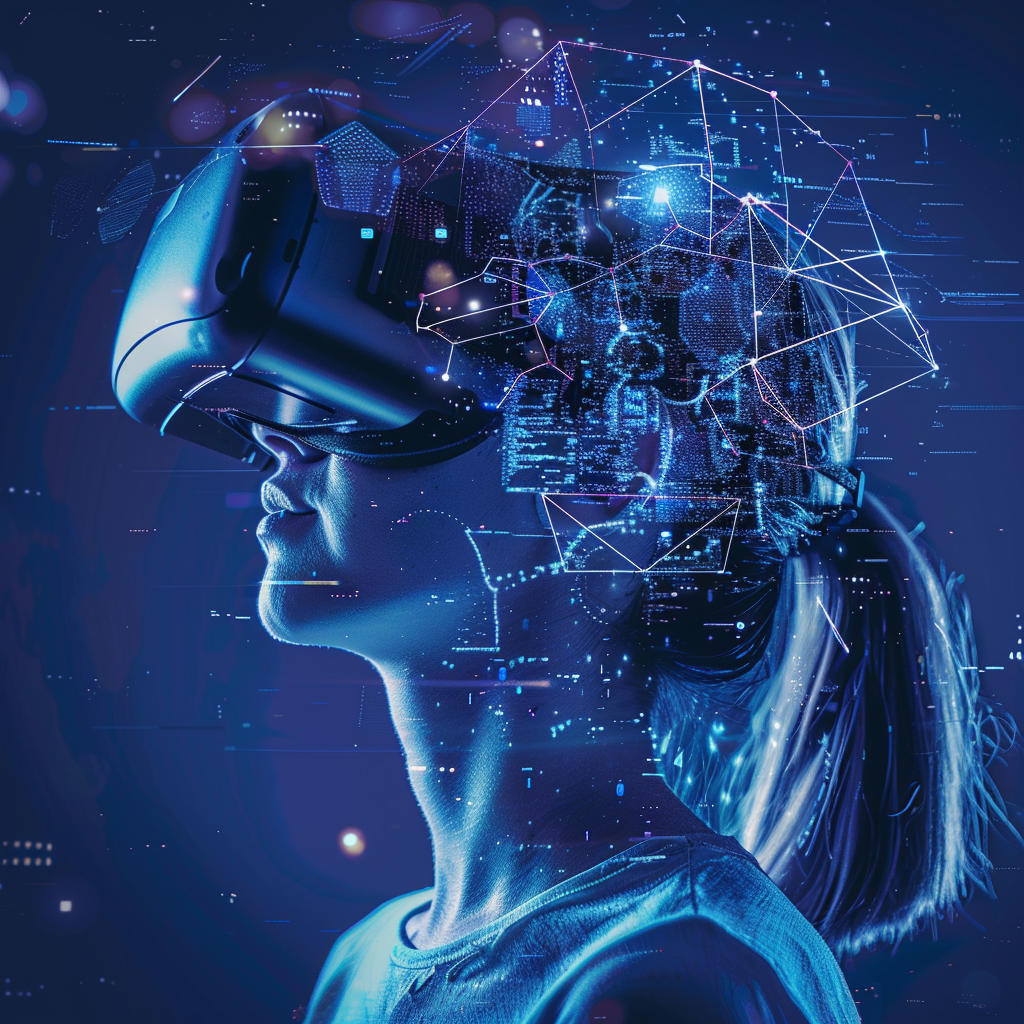
Attention: The Link Between AI and Human Understanding
Unlock the AI secret: 'Attention Mechanisms.' They empower machines to mimic human understanding, leading to enhanced performance and versatile real-world applications. Dive in now!
Discover the secret behind AI's prowess: "Attention Mechanisms." Dive into how machines mimic human focus and understanding in human terms. Ready to explore?
In today's rapidly evolving digital landscape, artificial intelligence (AI) stands at the forefront, promising transformative solutions and innovations. From voice assistants that understand our daily commands to recommendation systems that curate our online experiences, AI is deeply intertwined with our lives. But have you ever wondered how these systems can understand and process vast amounts of information so effectively? The answer lies in a concept called 'attention mechanisms.'
Much like the human brain, which can focus on specific stimuli amidst a sea of information, attention mechanisms allow AI models to 'pay attention' to the most relevant parts of their input. And just as our understanding deepens when we relate new information to what we already know, there's a more advanced form of attention, known as 'self-attention,' that enables models to relate different parts of their own input.
In this article, we'll embark on a journey to demystify these concepts. Using relatable analogies and real-world applications, we'll explore the world of attention in machine learning, making it accessible and understandable for everyone.
Understanding Attention, A Human Analogy
Imagine being at a bustling party. Music is playing, people are chatting, and there's a lot happening around you. Amidst all this, you're trying to have a conversation with a friend. Your brain naturally 'attends' to your friend's voice, filtering out the background noise. This selective focus allows you to understand and respond to your friend despite the distractions. Similarly, in machine learning, attention mechanisms enable models to focus on the most relevant parts of the input, like focusing on specific words in a sentence during translation.
Imagine you're reading a mystery novel. As you progress through the chapters, you constantly relate new information to clues and events from earlier in the book. This ability to relate current information to past context helps you understand the story better and even predict upcoming twists. This is similar to how self-attention works in machine learning. Instead of just focusing on external inputs, models with self-attention can look back at their own internal data or state. This allows them to understand the broader context and make more informed decisions.
Diving Deeper: Self-Attention
In the realm of machine reading, consider a model trying to understand a complex sentence in a document. With self-attention, the machine-learned model (or AI), can refer back to previous sentences or paragraphs to grasp the context better. This is akin to how we, as readers, might re-read a previous passage to understand a current one. It's a form of short-term memory in this case.
In computer vision, imagine looking at a picture of a crowded street. Your eyes might dart between different elements - the people, the signs, the buildings. You relate these elements to each other to understand the scene. A car next to a person might indicate a crosswalk. Similarly, self-attention in vision models allows them to relate different parts of an image, understanding the scene in a more holistic manner.
Why Does It Matter?
The beauty of attention mechanisms, especially self-attention, isn't just in their theoretical elegance but in their practical applications. Here's why they matter:
Enhanced Performance: Models equipped with attention mechanisms often outperform those without. By focusing on relevant parts of the input and understanding the context better, they make more accurate predictions and decisions.
Versatility: Attention isn't limited to one domain. Whether it's translating languages, generating text, recognizing images, or even understanding complex data patterns, attention mechanisms have found their place.
Interpretability: One of the challenges with deep learning models is understanding how they make decisions. Attention mechanisms offer a glimpse into this process. By highlighting which parts of the input the model focuses on, they provide insights into its decision-making process.
Real-world Applications: From chatbots that understand user queries better to medical imaging systems that pinpoint areas of interest to recommendation systems that cater to user preferences by understanding context, attention mechanisms are shaping the future of AI.
Conclusion
Attention mechanisms represent a shift in how we approach machine learning. They bring models closer to how human cognition works, making them more effective and adaptable.
Attention and self-attention are pivotal in advancing the capabilities of AI models. By mimicking aspects of human cognition, they bridge the gap between machine operations and human understanding. As AI continues to permeate our lives, understanding these foundational concepts becomes crucial. We encourage you, the curious learner, to keep exploring, keep questioning, and keep diving deeper into the fascinating world of artificial intelligence.
The canonical work on this topic is the paper "Attention is All You Need," by Ashish Vaswani, Noam Shazeer, Niki Parmar, Jakob Uszkoreit, Llion Jones, Aidan N. Gomez, Lukasz Kaiser, & Illia Polosukhin.
If this piqued your interest in attention for artificially intelligent machine-learned models, then I'd encourage you to check that out on Arxiv.
#AI #AttentionMechanisms #MachineLearning #ArtificialIntelligence #Innovation #DeepLearning #SelfAttention #UnderstandingAI #TechAdvancements #AIApplications #AIInsights #AIExplained

Weekly on Thursdays: Join our weekly ExO Networking calls by Registering here
Participate in the weekly ExO Masterminds sessions by Registering here
Immerse yourself in the game-changing ideas of OpenExO.
Begin your journey here 🎟️ExOPass & 📚Exponential Organizations 2.0
ExO Insight Newsletter
Join the newsletter to receive the latest updates in your inbox.








